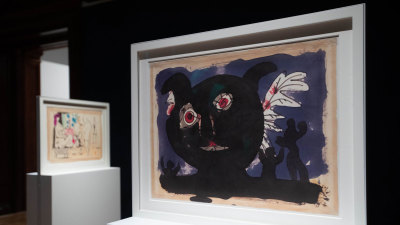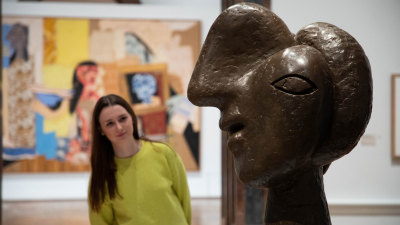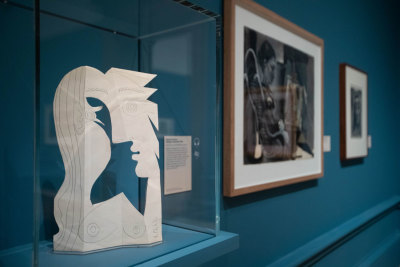Take virtual wander around the exhibition
If you can’t make it to the RA, you can experience it from home in this meditative, 40-minute experience. Sit back and enjoy the exhibition.
Installation views of the Picasso and Paper exhibition at the Royal Academy of Arts. © Succession Picasso/DACS 2020
Exhibition organised by the Royal Academy of Arts, London and the Cleveland Museum of Art in partnership with the Musée national Picasso-Paris
#PicassoandPaper
















